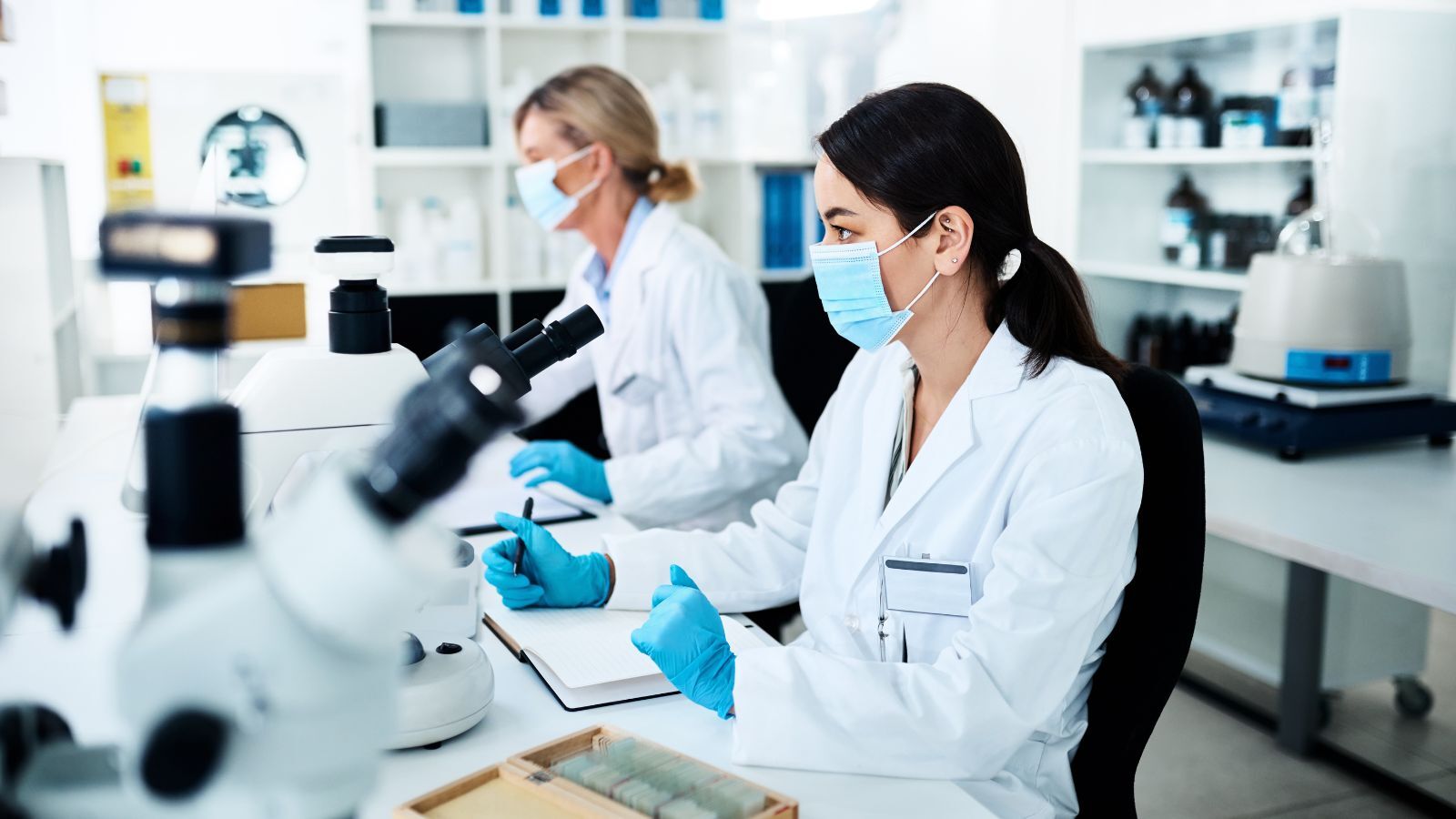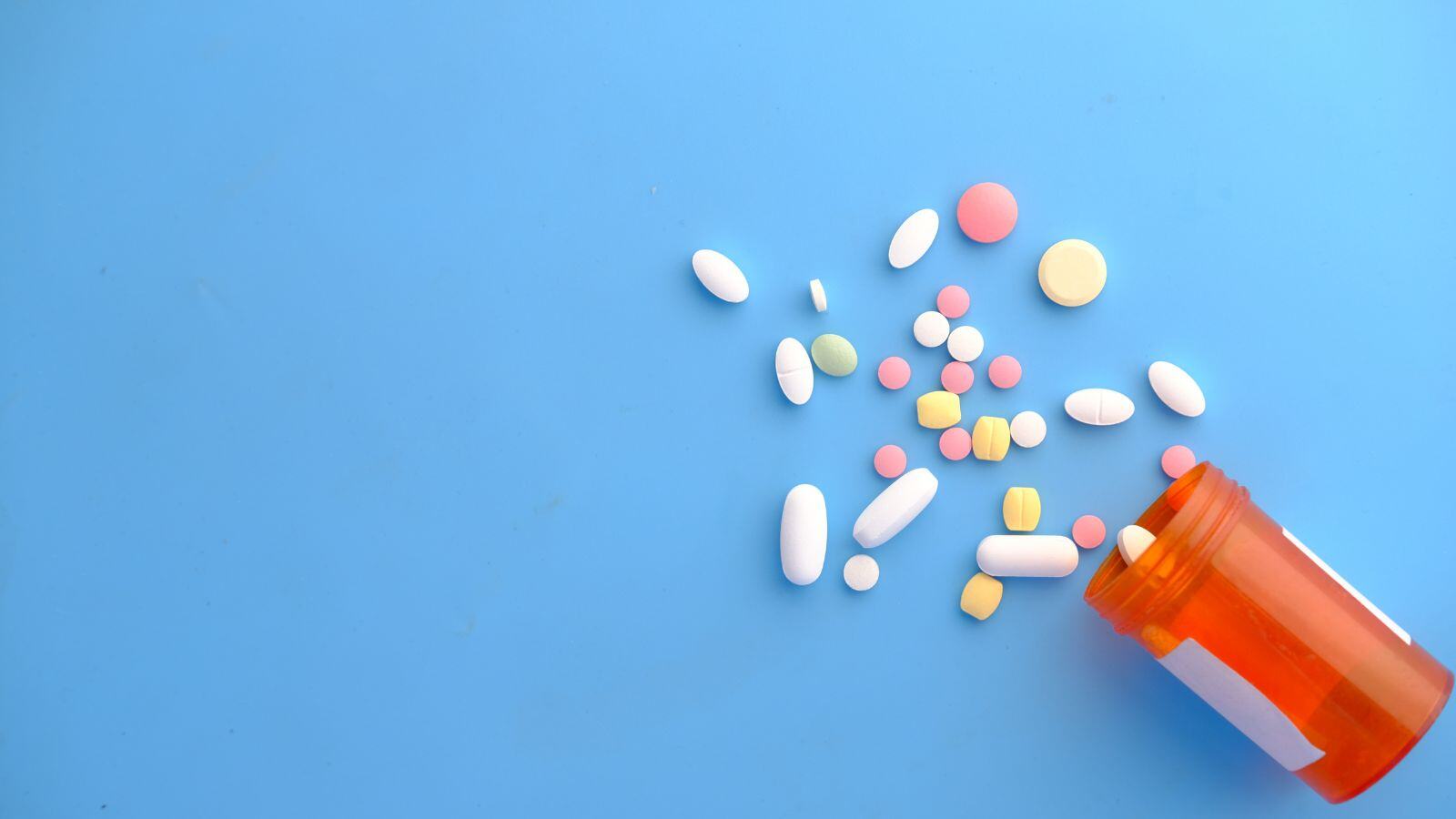In healthcare, safeguarding patient safety and upholding the integrity of pharmaceutical interventions are paramount. Enter pharmacovigilance (PV), a scientific discipline dedicated to the detection, assessment, understanding, and prevention of adverse effects or any other drug-related issue.
The essence of pharmacovigilance is to recognize the balance it seeks to maintain between the benefits and risks of medication use. While clinical trials offer a controlled peek into a drug’s safety profile, the real test begins once the drug enters the market.
The diverse and uncontrolled real-world environment exposes the drug to a broader demographic, including pregnant women and the elderly, highlighting the indispensable role of pharmacovigilance in the lifecycle of a drug.
This is where Pharmacovigilance (PV) Audits step into the spotlight.
What Are Pharmacovigilance (PV) Audits?
The implementation of the new 2012 PV regulation implied the legal obligation to carry out PV audits by the competent authorities of the member states, the EMA, and the MAHs. These audits aim to assess and verify the adequacy and effectiveness of the PV systems, their implementation, and execution, including the quality system for PV activities.
The PV audit aims to obtain and evaluate evidence to determine whether the required criteria are met through a systematic, disciplined, and documented process. These criteria, in the context of PV, should reflect the requirements of the PV system, including the associated quality system.
The risk-based approach in PV audits intends to determine the probability of an event occurring that will have an impact on the achievement of objectives, taking account of the severity of its outcome and/or the likelihood of non-detection by other methods, or, in other words, a risk. These risks can be assessed through different stages:
- Strategic level audit planning – high-level statement of how the audit activities will be delivered over a period of time (usually 2-5 years)
- Tactical level audit planning – set of one or more audits planned for a specific timeframe, normally for a year
- Operational level audit planning – audit plan for individual audit engagements, prioritizing audit tasks based on risk and utilizing risk-based sampling and testing approaches, and reporting of audit findings in line with their relative risk level and audit recommendations in line with the suggested grading system
Why Are Pharmacovigilance (PV) Audits Important?
At their core, Pharmacovigilance Audits are not merely regulatory hurdles; they are vital cogs in the machinery of public health.
They serve a dual purpose:
- ensuring that pharmaceutical entities continually monitor the safety of their products
- and validating that these companies fulfil their regulatory responsibilities.
Through rigorous examination of safety data in real-world conditions, these audits are instrumental in maintaining a delicate balance between drug efficacy and patient safety.
Legal and Regulatory Framework of Pharmacovigilance (PV) Audits
The guidelines on the Pharmacovigilance Audits are the subject of Module IV of the GVP (Good Pharmacovigilance Practices). The minimum requirements of the pharmacovigilance systems and the quality system are set out in the Commission Implementing Regulation (EU) No 520/2012 (IR) on the performance of pharmacovigilance activities provided for in Regulation (EC) No 726/2004 and Directive 2001/83/EC.
The PV Audit Process: 3 Important Stages
1. Audit Planning and Preparation
Before conducting a PV audit, pre-meetings can take place to understand and determine audit objectives, scope, and roles/responsibilities.
With these features defined, a list of the necessary documentation to be reviewed must be determined – at this point, the audited organization will receive a notification regarding the future audit, including a list of the requested documentation. The final agenda can now be set and shared with the audited organization.
2. Audit Conduct
Before the actual interviews with the corresponding personnel, a “kick-off” meeting should take place as a way to introduce the involved people and also serve as an opening.
Following the previously prepared agenda, the actual audit can now take place, and the interviews can start, including document reviews, demonstration of activities and processes, and showing archiving and storage processes (physically in the company or informatic archives).
After the reviews, the conclusions and a preview of the general results are presented, and the audit interviews are concluded.
3. Post-Audit Activities
The data obtained during the audit interviews will be the basis for the elaboration of an audit report, in which, after summarizing and presenting the scope of the audit, the auditors describe what was observed and list the findings, classified as Minor, Major, or Critical, according to the defined guidelines. Some suggestions for improvement are also included. The audited organization shall ensure that mechanisms are in place to address the audit issues appropriately.
Upon receipt of the audit report, following the findings identified and after clarification of any issues, a CAPA plan must be prepared – for each finding, determine:
a root cause,
the impact analysis,
the associated corrective and preventive actions,
the deadlines by which they should be completed,
and who is responsible for them.
Evidence of actions taken to address each finding should be kept on file, and there should be periodic follow-ups to ensure that all CAPAs are closed. The learning and experience gained from the audit will serve to promote a culture of continuous improvement in the company’s PV processes.
Challenges in Pharmacovigilance (PV) Audits
Specialized Training and Solid Experience
The ability to carry out quality audits implies the need to invest in the human resources required to do so. One of the challenges this presents is that auditors need to have specialized training and solid experience in PV audits, to know how pharmacovigilance systems work, and to be able to adapt to different clients, in different contexts.
Countries with less-developed pharmacovigilance systems
That said, a very particular challenge that auditors occasionally encounter is conducting PV audits in countries where pharmacovigilance, and their systems, are yet less developed, have significant gaps, or are compromised by unique events (such as a war in the country in question). Experience and adaptability are particularly important in these cases.
Ensuring the PV auditor’s independence
On the other hand, conducting audits within small organizations is also a challenge in terms of ensuring the auditor’s independence, which may be affected by limited resources and/or the accumulation of functions.
Need Support with Your PV Audits?
At QbD Vigilance, we understand the importance of Pharmacovigilance (PV) audits. Our commitment to integrity and excellence drives us to maintain a transparent and objective approach in each of our audits, thus ensuring compliance with the regulations applicable to each country.
We reiterate the need to appoint independent auditors, with a strong background and experience in the field of Pharmacovigilance. This measure not only strengthens the credibility of our practices but also reinforces our dedication to the safety and well-being of our patients.
Maintaining impartiality in our audits is crucial to safeguarding the confidence of healthcare professionals and patients in our products. By rigorously adhering to the highest legislative, ethical, and professional standards, we will continue to move toward a safer, more effective, and reliable pharmaceutical environment.







.png?width=109&height=108&name=Pharma%20(2).png)
.png?width=111&height=108&name=Medical%20Devices%20(2).png)
.png?width=84&height=107&name=IVD%20(2).png)




.jpg)




.jpg)